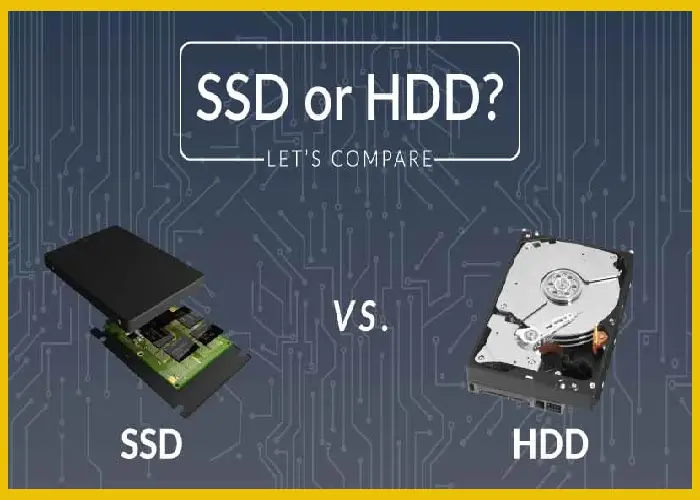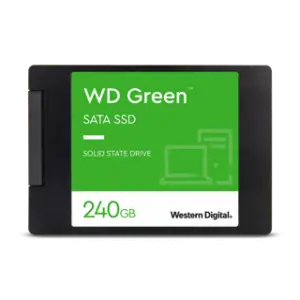The Difference Between SSD and HDD

When it comes to upgrading or purchasing a new computer, one of the most important decisions you’ll face is choosing the right type of storage. The two primary options are Solid State Drives (SSD) and Hard Disk Drives (HDD).
Each has its own set of advantages and drawbacks, making it essential to understand their differences to select the best option for your needs. In this article, we’ll explore the key characteristics of SSDs and HDDs, and help you determine which storage solution suits your requirements.

What is an HDD?
Hard Disk Drives (HDDs) have been the standard storage solution for computers for decades. They work by using spinning magnetic disks (platters) and read/write heads to store and retrieve data. As the platters spin, the read/write heads move across the surface to access the data.
Key Features of HDDs:
Storage Capacity: HDDs generally offer more storage capacity at a lower cost compared to SSDs. You can find HDDs with capacities ranging from a few hundred gigabytes to several terabytes, making them ideal for storing large amounts of data.
Cost-Effectiveness: Due to their older technology, HDDs are typically less expensive per gigabyte of storage. This makes them a budget-friendly choice for users who need a lot of storage without breaking the bank.
Speed: HDDs are slower than SSDs because they rely on mechanical movement. The speed at which data can be read or written is limited by the spinning platters and moving read/write heads, which can result in longer boot times and slower file transfers.
Durability: HDDs are more susceptible to physical damage due to their mechanical parts. Dropping or jostling a computer with an HDD can potentially lead to data loss or drive failure.
What is an SSD?
Solid State Drives (SSDs) represent a more recent advancement in storage technology. Unlike HDDs, SSDs use flash memory to store data, similar to what is found in USB drives and memory cards. SSDs have no moving parts, which offers several advantages over traditional HDDs.
Key Features of SSDs:
Speed: SSDs are significantly faster than HDDs. They provide quicker boot times, faster file transfers, and more responsive system performance because they don’t rely on moving parts. This results in a smoother and more efficient computing experience.
Durability: SSDs are more robust and durable compared to HDDs because they lack mechanical components. They are less likely to be damaged by physical shocks or drops, making them a better option for portable devices.
Energy Efficiency: SSDs consume less power than HDDs, which can lead to better battery life in laptops and reduced energy costs in desktop systems.
Noise and Heat: SSDs operate silently and produce less heat compared to HDDs. This can contribute to a quieter and cooler computing environment.
Cost: Historically, SSDs have been more expensive than HDDs, especially for larger capacities. However, prices have been steadily decreasing, making SSDs more accessible.
SSD vs. HDD: Which is Better for Your Needs?
When choosing between an SSD (Solid State Drive) and an HDD (Hard Disk Drive), the decision largely hinges on your specific needs and preferences. SSDs are known for their superior speed and performance, providing faster boot times, quicker file transfers, and overall better responsiveness compared to HDDs.
This makes SSDs an excellent choice for tasks that demand high performance, such as gaming, video editing, and running multiple applications simultaneously. On the other hand, HDDs offer larger storage capacities at a more affordable price point, making them suitable for bulk storage needs where speed is less critical.
If cost-effectiveness and ample storage are your primary concerns, an HDD might be more suitable. However, for those seeking top-tier performance and faster access times, an SSD is generally the better option.



Post Comment